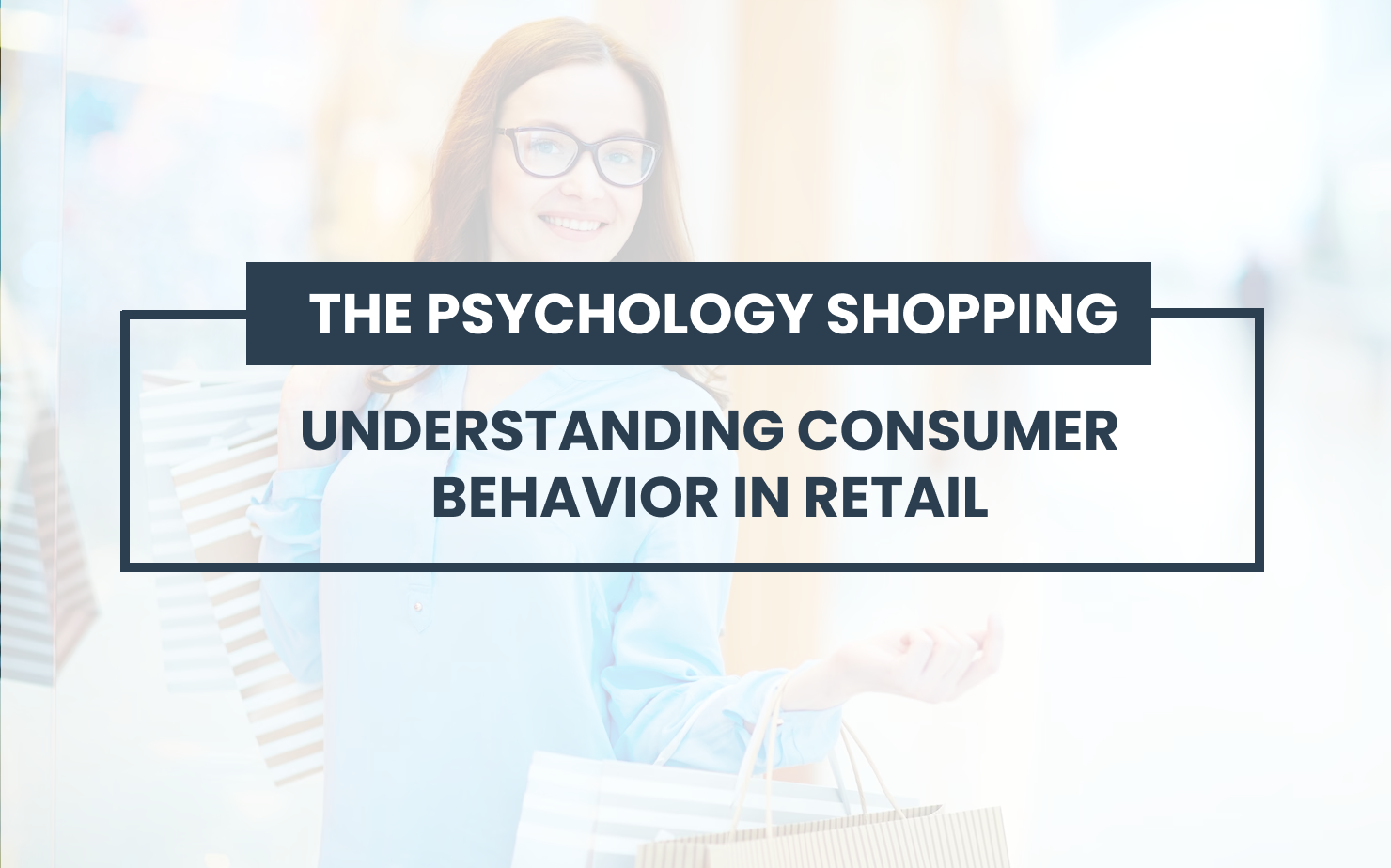The Psychology of Shopping: Understanding Consumer Behavior in Retail

The psychology of shopping is a fascinating field that explores the underlying motivations, cognitive processes, and emotional factors that drive consumer behavior in retail environments. Retailers and marketers often study consumer psychology to create effective strategies for attracting customers, encouraging purchases, and building brand loyalty. Here are some key aspects of the psychology of shopping:
-
Perception and Attention:
- Consumers are exposed to a multitude of stimuli in retail environments, such as product displays, signage, colors, and lighting. The way these elements are presented can influence how consumers perceive a store and its products.
- Attention is limited, and consumers are more likely to focus on items that stand out due to novelty, contrast, or personal relevance.
-
Impulse Buying and Decision-Making:
- Impulse buying refers to unplanned purchases made in the heat of the moment. Retailers often use tactics like limited-time offers, prominently placed items at checkout counters, and eye-catching displays to trigger impulse buying.
- Decision-making is influenced by both rational and emotional factors. Consumers might justify a purchase based on practical needs (rational) or succumb to desire and emotions (emotional).
-
Social Influence:
- Social factors, such as peer pressure and social norms, play a significant role in shaping consumer behavior. People tend to conform to what others are doing or follow recommendations from friends and family.
- Retailers leverage social proof by displaying customer reviews, testimonials, and "best-seller" labels to create a sense of popularity and credibility around products.
-
Scarcity and FOMO (Fear of Missing Out):
- Scarcity is a powerful psychological trigger that motivates consumers to act quickly in fear of missing out on an opportunity. Limited-stock promotions and time-limited deals exploit this phenomenon.
- FOMO is the anxiety that one might miss out on something exciting or valuable. Retailers use this fear to create a sense of urgency and drive purchases.
-
Emotional Engagement:
- Emotional connections with products and brands drive consumer loyalty and repeat purchases. Retailers often use storytelling and branding to create a narrative that resonates with consumers' emotions and values.
- Positive emotions associated with shopping, such as excitement and pleasure, can lead to increased spending.
-
Consumer Decision Journey:
- The consumer decision journey involves several stages: awareness, consideration, purchase, and post-purchase evaluation. Understanding these stages helps retailers tailor their strategies to meet consumer needs at each point.
-
Cognitive Biases:
- Cognitive biases, such as anchoring (relying heavily on the first piece of information encountered) and framing (presenting information in a certain way to influence perception), can affect consumers' judgments and choices.
-
Personalization and Customization:
- Personalized shopping experiences, such as product recommendations based on past behavior, can make consumers feel understood and valued, increasing the likelihood of purchases.
-
Environmental Factors:
- Store layout, music, scent, and even temperature can impact consumers' mood and behavior. Creating a pleasant and conducive shopping environment can lead to longer store visits and higher spending.
-
Post-Purchase Satisfaction and Loyalty:
- A positive post-purchase experience contributes to customer satisfaction and loyalty. Retailers can engage customers through follow-up communication, loyalty programs, and exceptional customer service.
| Aspect | Description | Influence on Consumer Behavior |
|---|---|---|
| Perception and Attention | Consumers' interpretation of stimuli like displays, colors, and lighting. | Impacts what consumers notice and how they perceive the store and its products. |
| Impulse Buying | Unplanned purchases triggered by emotional responses or situational factors. | Encourages spontaneous purchases through strategically placed items and offers. |
| Decision-Making | Influenced by rational factors (needs) and emotional factors (desires). | Drives choices based on practicality and emotions, leading to specific purchasing behaviors. |
| Social Influence | Peer pressure, social norms, and recommendations from others affect decisions. | Shapes behavior as consumers conform to social standards and opinions. |
| Scarcity and FOMO | The fear of missing out on limited opportunities drives urgency in purchasing. | Creates urgency and encourages quick decisions to secure items before they're unavailable. |
| Emotional Engagement | Establishing emotional connections with brands and products to build loyalty. | Fosters brand loyalty through relatable narratives and evoking positive emotions. |
| Consumer Decision Journey | Stages from awareness to post-purchase evaluation that guide decision-making. | Retailers tailor strategies to meet consumer needs at each stage of their shopping journey. |
| Cognitive Biases | Mental shortcuts and biases that influence judgments and choices. | Can lead to non-rational decision-making based on cognitive biases like anchoring and framing. |
| Personalization and Customization | Tailoring experiences based on individual preferences and behaviors. | Enhances shopping experiences by offering products and recommendations aligned with preferences. |
| Environmental Factors | Store layout, ambiance, music, and scent impacting mood and behavior. | Creates a conducive environment that affects shoppers' emotions and time spent in the store. |
| Post-Purchase Satisfaction and Loyalty | Positive experiences after purchase lead to loyalty. | Encourages repeat business and word-of-mouth referrals through exceptional post-purchase care. |
Understanding these psychological factors can help retailers design effective store layouts, marketing campaigns, and customer experiences that align with consumer preferences and motivations. It's important to note that individual preferences and behaviors can vary widely, and the psychology of shopping is a dynamic field that continues to evolve with changing consumer trends and technologies.
-1.png?width=2600&height=450&name=RetailMetrixLogo%20(1)-1.png)
